Table of Contents
The global eLearning market size is expected to grow at a CAGR of 10.85% from 2019 to 2025. -Statista
The Learning Management System Market is growing rapidly and revolutionizing, and the pandemic has fueled the fire. With increased dependency on digital platforms, a dire need for an app that delivers an efficient user experience and is easily distributable has emerged, especially for the industries dealing with designing courses to help their employees to learn continuously and stay relevant in their domain.
The compliance industry is one of them, designing courses for specific domains like HR, Food & Drug, Safety, Environment, Security, etc. for companies to comply with the federal laws. According to elearningindustry, 41.7% of global Fortune 500 companies presently utilize some type of eLearning tools and technology to train/coach their employees during formal learning hours. Learning Management System has changed the way we look at gaining knowledge, systematically implementing and managing the eLearning process.
Having the potential to minimize the training cost and provide additional advantages like flexibility, scalability, better retention, availability, as well as time-saving, eLearning programs take priority over traditional learning methods. IBM found that eLearning can produce 30 USD on each dollar invested in it, accredited to the improvement in the performance of employees due to the eLearning advantages.
There are numerous learning management system(LMS) tools and apps in the market such as EdaApp, Sap Litmos, ATutor, GoSkills, Thinkful, BitDegree, CourseAcademy, Coursera, Datacamp, Skillshare, and EDX that offer several online courses, serve millions of people, and also make huge profits. So, if you are also looking to create one such application that is engaging, interactive as well as effective, however, wondering about the cost associated with it, you are in the right place.
In this article, we will be discussing a detailed cost estimation of developing an eLearning application, based on the features and functionalities you want to offer to your users.
eLearning App Development Cost Breakdown
The cost of developing an eLearning application depends upon the following factors:
- Business models used in the application
- Features to be included in the application
- Estimated time to develop each module of the application
eLearning Business Models
The eLearning business models depend on the type of communication established between the trainer as well as the trainee. Majorly there are two business models to choose from for your eLearning application.
- Synchronous eLearning Model
- Asynchronous eLearning Model
-
1) Synchronous eLearning Model
In the synchronous eLearning model, the trainer and student can communicate in real-time. The core idea behind the synchronous eLearning model is to create a physical or real-world class atmosphere in the virtual world. The trainer and the student connect live through the application at a specific time.
-
2) Asynchronous eLearning
In the Asynchronous eLearning model, the trainer need not be virtually present. He can upload the course material on the platform, which can be accessed by the trainee anytime they want, making it more flexible than the synchronous eLearning model. Both the trainer as well as the trainee can conduct their respective processes at their convenience and pace.
Features to be included in an eLearning App and its Techstack
The features of the eLearning app play a deciding role in the cost estimation process of the application. The eLearning app can have 2 feature sets, based on the model you are following-
- Basic Features
- Features for the different types user- Domain Experts – Course Designer, Trainer, Trainee/ Professional/trainee, and Admin
Basic Features
To calculate the cost of eLearning applications you need to list down the basic features that are required for the learning process. These are the features which is a default expectation of the users, lacking which might push the application to uninstallation.
-
User-Friendly Interface
The most basic feature that a user expects from every application present on the App Store or the play store is its user-friendliness. None of the users likes to struggle with the basic usage of the application instead of focusing on the main purpose of the application. Make sure that the user interface of your application is simple and comprehensible to the uses.
-
Multimedia Content
Being an eLearning application your application should support the multimedia content both for asynchronous and synchronous learning. The media files should be easily accessible on the application by the trainee.
-
Push Notifications
Push notifications play a very important role in keeping the user informed. With the eLearning app, it becomes even more important for updating the trainee about their queries, streamlining the communication, and also getting an alert of the new courses.
-
Communication
Make sure the application facilitates communication, availing the services like chat, direct messages, group discussions, and calling. The user and the trainer should be able to communicate with each other, for smooth learning.
-
Offline Learning
The app should support offline learning so that the trainee can download the education material and study offline as well.
-
In-app payment of courses
The learners should be able to easily and securely purchase the courses as well as study material.
-
Customer Support
There should be a customer support module in the application to assist the users, both the trainer and trainee, to access the application easily. Customer support also expands the scope of improvement for the application as well as contributes to customer satisfaction.
Features for Domain Expert Course Designer, Trainer, Trainee, and Admins
Features for Trainer and Domain Expert Course Designer:
- The separate registration process for joining as a trainer
- Module to submit and modify courses in case of the asynchronous learning module
- Dashboard maintenance to share videos, links, and other course-related information with trainee
- Communication/chat collaboration modules to send and receive messages
- Receive notifications alerts regarding queries posted by the trainee
- Real-time screen switching and control in the case of synchronous eLearning model
Features for Trainee:
- Simple registration and login process
- Easier profile management
- Communication modules such as direct messaging
- The secure and comprehensible payment process
- Search system with enabled filter option
- Easily operable and reachable discussion board
- Facility to take quizzes online.
- Performance tracker
Features for Admins:
- Independent profile with complete authority and control over the platform
- Dashboard to manage user activities
- Module to manage courses and learning sessions
- Control over the subscription packages
- Manage the Users as well as their roles
- Manage the payment process
- Manage and monitor the chats and discussion forum if provided
- Manage the content uploaded by trainers and accessed by the users
Read More:
Mistakes to Avoid Before and After a Mobile App Launch
Techstack for the Application
Here is a quick sneak peek into the tech stack of the eLearning application that you can consider while developing your app.
| Features | Technology |
| Cloud Data Storage and Database Management | AWS, MySQL, Amazon RDS, PostgreSQL, MongoDB |
| Frontend Development( iOS and Android) | Swift, Angular, Next.js, React, Vue.js, Plotly. JavaScript, React Native, or Android studio (Java) |
| Backend Development | Node js, .Net, Python, or Laravel |
| UI/UX Development | HTML5, CSS3, Photoshop, or Adobe Illustrator |
| Real-Time Analytics Module | Google Analytics, IBM, Big Data, Apache/Hadoop/Spark |
| Push Notifications | Firebase, Push.IO, Amazon SNS, Twilio, AdPushup |
| Email Registration, verification, and Communication | Mandrill, Amazon SES, Twilio, Mailgun, Nexmo, Twilio |
| Payment Integration | PayPal, Stripe, Authorize.net, credit/debit card, e-wallet |
| Streaming System | Amazon CloudFront, LiveStream, Agora.io, Twilio, webRTC, Dacast |
Time Required in eLearning App Development
Let’s analyze the time required to develop the complete eLearning app, based on the phases of development.
- Requirement Analysis & Management – 8 Days
- Architecture and Design – 15 Days
- Modules Development – 104 Days
- Cloud Data Storage and Database Management – 2 Days
- Frontend Development( iOS and Android) – 7 Days
- UI/UX Development – 9 Days
- Real-Time Analytics Module – 4 Days
- Push Notifications – 5 Days
- Email Registration, verification, and Communication – 30 Days
- Payment Integration – 10 Days
- Streaming System – 18 Days
- Offline Work – 19 Days
- Unit Testing – 8 Days
- Functional Testing – 18 Days
- Performance Testing – 6 Days
- Compatibility Testing – 10 Days
In light of the above time assessed breakdown, the absolute time needed to foster an eLearning App is roughly 169 Days i.e 1400 Hrs. The real execution timetable will be a lot lesser as different team members will be dealing with the undertaking.
Process of App Development Cost Estimation for an eLearning Application
There is no fixed expense for application development, it relies on the structure of the development team and the location you are hiring them from. The structure of the team is decided based on the modules and their complexity. For Example, if your eLearning app is simple, it will require a project manager, a UI/UX designer, 2 or 3 programmers, and a Quality Analyst. However, if your app is a complex one, the team structure will be larger such as 2-3 UI/UX designers, 5-6 programmers, and 2 or more quality analysts.
Once the structure of the team is decided the cost can be all the more precisely and effectively determined. The average hourly rate of Mobile App development in the USA ranges to 100 USD/hr. If you require approx. 1400 Hrs to build the modules, the estimated cost to build the entire App will be $140,000. The charges can extend in the case of the feature-rich, and complex application.
However, if you are aiming to reduce the cost to the tune of 30% to 40%, you can offshore some part of the development. Also, do not forget to consider the hosting cost, which is generally less in the beginning, however will start varying as the user base of the app starts increasing.
Are You Ready to Launch Your eLearning Application?
eLearning is not the future; it is the present.
eLearning has become a vital part of our life, attributable to its flexibility and comfort- which is giving rise to the demand for eLearning applications. So, if you have an app idea and want to transform it into a successful working reality, focus on the performance and user experience your app delivers, which can only be assured if you have the right development partner on your side.
By associating with Ace Infoway, one of the top-notch Mobile and Web App Development companies, you can develop and launch revolutionary cross-platform mobile & web applications that make learning more addictive and captivating. Along with Custom Application Development Services and deployment of your eLearning application, we also provide comprehensive application support and maintenance services to our clients. So, wait no more, Hire a mobile app development team, and elevate your business idea to the next level!












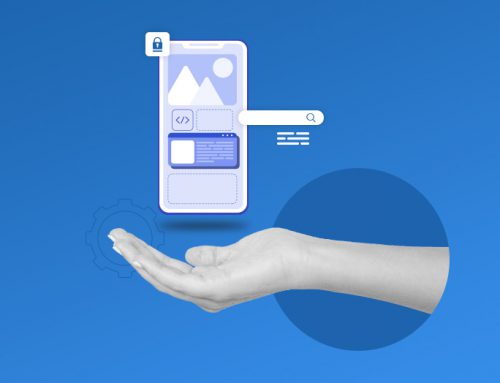
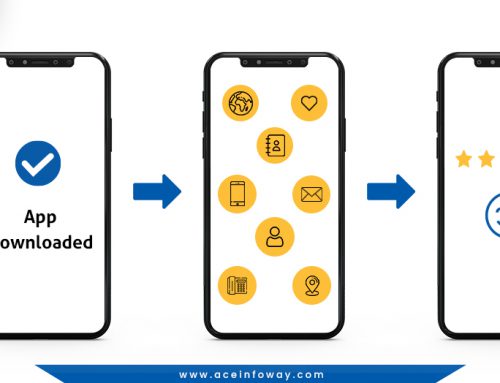
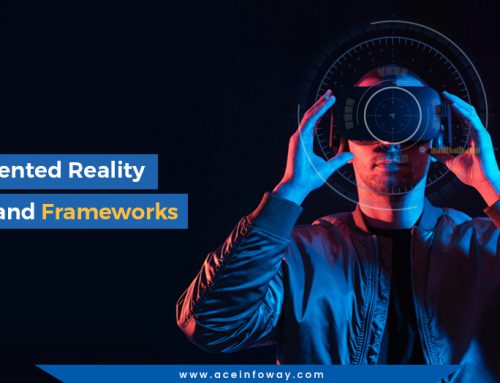
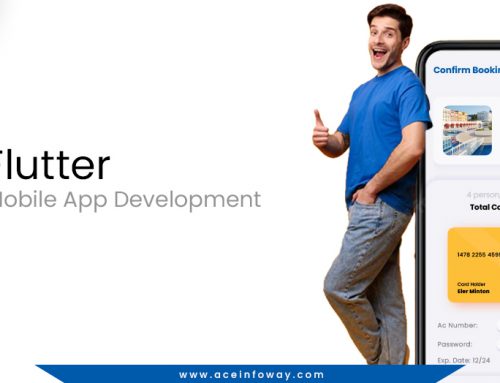
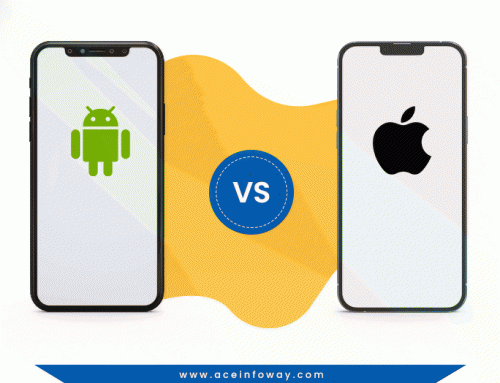









Leave A Comment